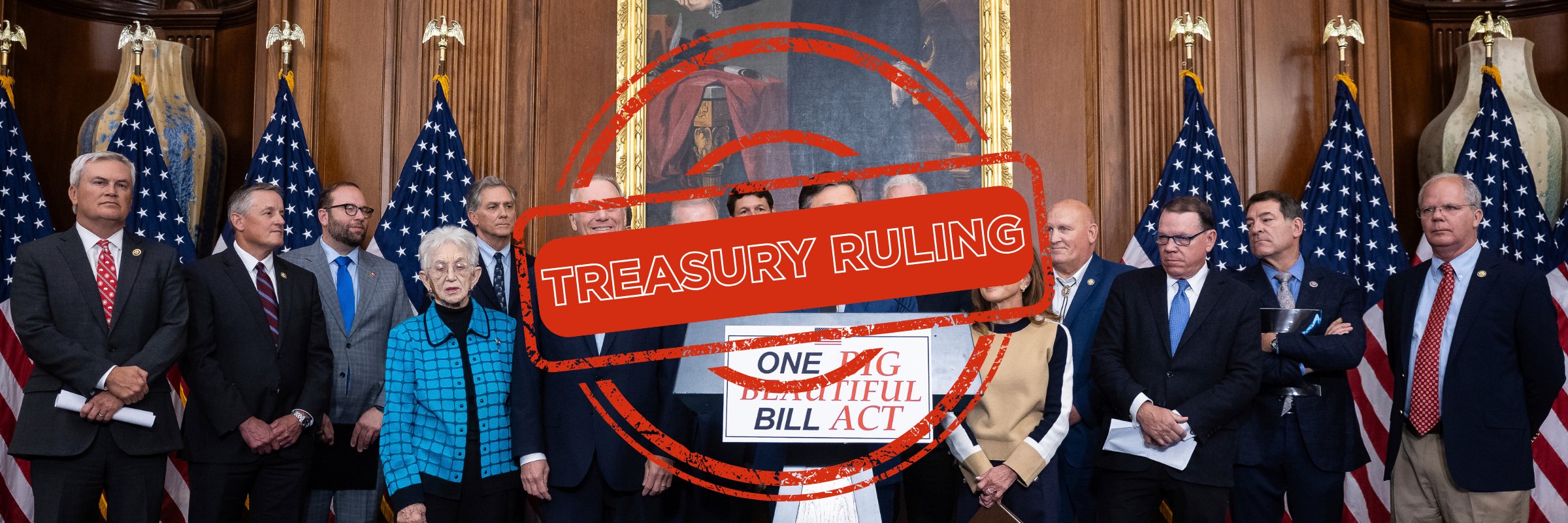
A recent Treasury ruling of the One Big Beautiful Bill Act (OBBBA) has created a short window of opportunity, specifically for commercial solar projects. While larger solar farms face a complex physical work deadline in 2026, typical commercial solar projects can secure eligibility of the ITC (Investment Tax Credit under 45Y/48E) by meeting a simpler financial threshold before December 31, 2025. Failing to act before critical deadlines could mean losing the 30% credit entirely.
Here’s why this is the most important step you can take for your project’s financial investment.
Your Exclusive Advantage: The 5% Safe Harbor
For projects over 1.5 MW, the easier "5% Safe Harbor" option is gone as of September 2, 2025. They now must begin physical construction by July 2026. But for your "low-output" commercial solar project (nameplate capacity under 1.5 MW AC), the IRS allows you to use the 5% Safe Harbor rule to prove construction has begun.
This is a massive advantage. It means you can secure your place in line for the full Investment Tax Credit (ITC) through a financial commitment, not by rushing to start physical installation. To lock in your credit, you must incur and pay at least 5% of your total project cost on or before December 31, 2025. Best practice is to pay for 8-10% of the total cost to avoid falling under 5% if your project’s scope changes.
Bypass Onerous "FEOC" Supply Chain Rules
Meeting the 5% Safe Harbor by December 31, 2025, does more than just secure your credit timeline; it also grandfathers your project from strict new Foreign Entity of Concern (FEOC) rules.
These new rules, effective for projects starting after 2025, restrict the use of solar modules, inverters, and other components manufactured by entities from China, Russia, Iran, and North Korea. Navigating these rules in 2026 will mean higher costs, limited equipment choices, and complex supply chain verification.
By starting now, you avoid this entire headache. Your project is exempt from these restrictive material sourcing rules, ensuring smoother, faster, and often cheaper procurement.
What Counts Toward the 5%? It’s More Than Just Equipment
A common misconception is that you need to take delivery of all your panels by New Year's Eve. While this is the easiest route, it’s not the case. The rule focuses on costs you have incurred and paid.
Qualifying costs include:
- Deposits or payments for equipment (solar panels, inverters, racking).
- Design and engineering work (if properly documented and contracted).
- Other depreciable hard costs essential to the project.
Crucially, the "3.5-Month Rule" applies: If your developer has a binding contract to deliver materials within 3.5 months of your payment, the cost is considered incurred. You don’t need immediate delivery, you need a documented financial commitment.
Your Action Plan: Secure Your Incentives in 2025
The planning, design, and procurement cycle takes time. To ensure you can make a qualifying 5% payment by December 31st, you need to start the process now.
- Commit Before Q4: Contact a solar developer now. The sooner you begin design and engineering, the sooner you can get equipment under contract.
- Execute a Binding Contract: Work with your developer to execute a binding purchase order. This contract is your proof of incurring the cost.
- Make a Qualifying Payment: Transfer funds for deposits or equipment purchases, ensuring the total meets or exceeds 5% of the total project cost. We recommend aiming for 8-10% to build a safe buffer.
- Document Meticulously: Keep all invoices, purchase orders, contracts, and proof of payment. This paper trail is your key to withstanding IRS scrutiny.
The Bottom Line: A Simpler, Faster Path to secure the ITC is Available, For Now
This isn't a generic call to action. This is a specific, limited-time opportunity exclusively for commercial projects. You have a simple, financial-based path to secure your tax credits and avoid future supply chain restrictions that will affect everyone else.
Don’t miss this opportunity to get the best financial benefit for your investment. By starting today you can secure your project’s financial future and lock in significant savings before the rules change on January 1, 2026.